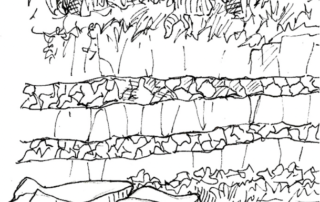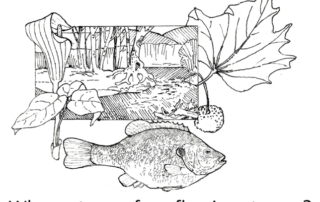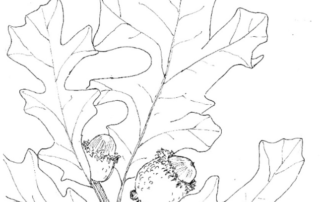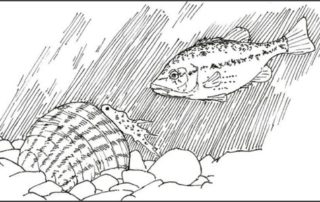In Celebration of the Farkleberry: Our Wild Ozark Blueberry
Before there was Saturday Night Live there were the Farkleberry Follies. Founded in 1967, this performance convened every other year was a time when a collection of Arkansas journalists conducted skits to spoof state politics in general, and Governor Orval Faubus in particular. In a recent editorial, Rex Nelson reported that the main objective of the show was to “skewer the inflated egos of the political class.” The show got its name from an editorial by local cartoonist George Fisher who poked fun at the governor over a folksy meeting where Faubus had lectured a brush-clearing highway crew about the native species of shrubs in our region. One of the most obscure of these was the tree blueberry or farkleberry (Vaccinium arboretum) with its amusing name. There is a direct Ozark Society connection here because the family of current Ozark Society President, David Peterson, received one of the prized farkleberry awards bestowed from the hands of Dale Bumpers some 30 years ago on behalf of a folk music group founded by Fisher in Pulaski County. The shrub itself is especially common in the Ozarks and Ouachitas where it is found growing on the edges of cliffs and around rock ledges. [...]





